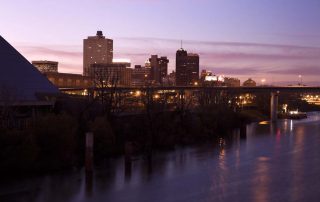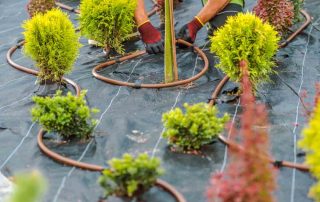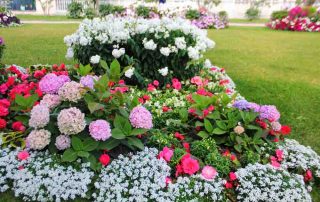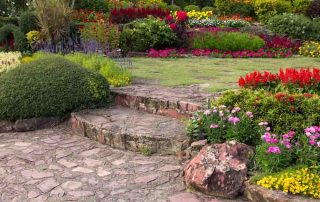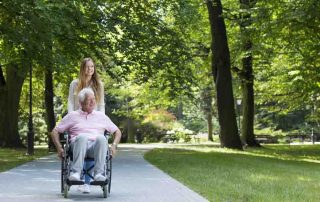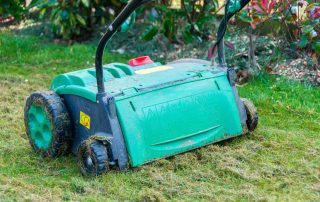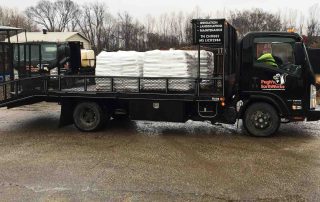Pugh’s Earthworks Offers HOA and Commercial Landscaping Services to Communities in Memphis Including Parkway Village
Pugh's Earthworks Pugh's Earthworks is the premier Mid-South Commercial Landscaping Company, renowned for its expertise and dedication to creating beautiful, sustainable landscapes. Our services are available to communities throughout Memphis and the surrounding areas, including Parkway Village HOA and Commercial Landscaping. We take pride in understanding the unique needs of each neighborhood, offering tailored solutions that enhance the aesthetic appeal and functionality of commercial properties. From landscape design and maintenance to irrigation and seasonal flower programs, Pugh's Earthworks is committed to transforming outdoor spaces into thriving, attractive environments that serve as assets to the local community. Contact us for all your landscaping needs in Parkway Village and let us help you create a landscape that reflects the beauty and character of this special neighborhood. So, come and experience all that Pugh's Earthworks has to offer in Parkway Village! Information Guide to Parkway Village, Tennessee Overview Parkway Village is a neighborhood in Memphis, Tennessee, known for its diverse community and suburban feel within the city limits. It is part of the larger Memphis metropolitan area, which is steeped in rich cultural history and vibrant energy. Geography Located in Shelby County, Parkway Village is strategically positioned for access to downtown Memphis and nearby attractions. The area is characterized by its mix of residential properties, commercial zones, and public green spaces that cater to various recreational needs. Community and Culture Parkway Village is home to a diverse population, with residents from different backgrounds contributing to a melting pot of cultures. This diversity is reflected in local businesses, restaurants, and community events, making it an exciting place for cultural exchange and exploration. The community is also known for its strong sense of camaraderie and active neighborhood associations, which work together to improve the quality of life for all residents. Education The neighborhood is served by Shelby County Schools, a well-regarded public school district. Students have access to a range of educational options, including traditional public schools and magnet programs that offer specialized curriculums in areas like STEM or the arts. There are also several private school options available in and around Parkway Village. Attractions and Activities One of the main draws to Parkway Village is its proximity to popular Memphis attractions. Residents can easily access downtown Memphis, where they can enjoy world-renowned music venues such as Beale Street Recreation Parkway Village offers a variety of recreational opportunities for its residents. The area boasts several parks, including Willow Park and Cane Creek Park, which offer green spaces for outdoor activities and community events. There are also nearby sports complexes, golf courses, and fitness centers for those looking to stay active. Housing The neighborhood features a mix of single-family homes, townhouses, and apartments at affordable prices. The housing market in Parkway Village is competitive due to its convenient location and family-friendly atmosphere. Residents have access to well-maintained neighborhoods with tree-lined streets and amenities like swimming pools and playgrounds. Businesses and Economy Parkway Village has a growing business community, with plenty of opportunities for entrepreneurship and employment. [...]

